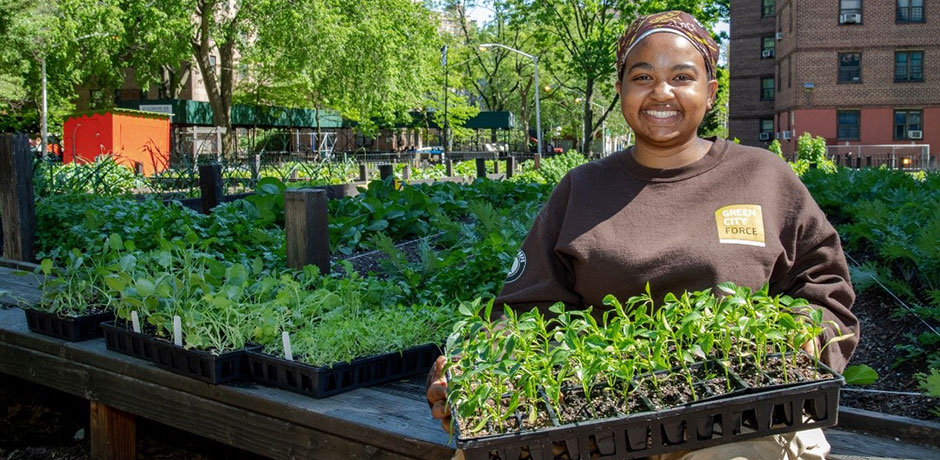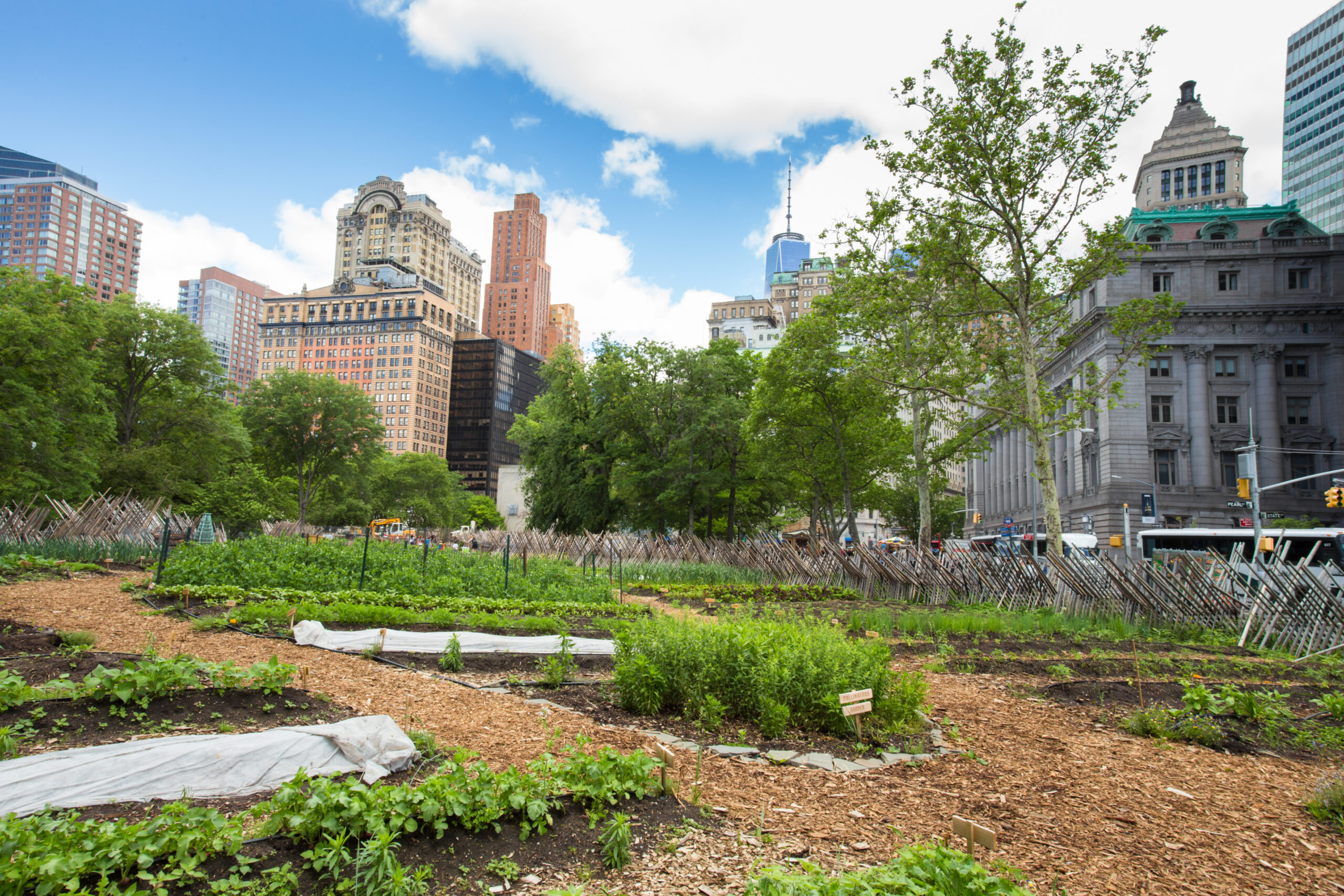About City Blooming
Intrigued in expanding food available for sale in the City of Chicago? Believing about beginning a neighborhood yard? Adjustments to the Chicago Zoning Ordinance enable farming uses like community yards and city farms in several parts of the city. Below is a listing of regularly asked questions regarding the rules and guidelines that growers should take into consideration when intending an urban agriculture job.
The zoning amendment does not change any various other codes dealing with composting, structure authorizations, buying or renting City owned residential or commercial property, organization licenses or environmental contamination. There are existing codes that manage these problems and they stay in complete effect and might be applicable to your project. Area yards are normally owned or managed by public entities, public companies or community-based organizations and kept by volunteers.
Urban farms grow food that is intended to be sold, either on a not-for-profit or for-profit basis. Due to their business objective, metropolitan ranches need an organization permit.
City Blooming for Dummies
The quantity of compost material can not go beyond 25 cubic lawns at any type of provided time according to the requirements in 7-28-715 of the City's Municipal Code. Since the dirt at a lot of new garden sites needs amending, compost, soil, wood chips, or other materials can be acquired to create or boost the growing room.

If a building license is required after that the hoophouse will be considered an accessory structure. You can discover out even more concerning the structure authorization demands by speaking to the Department of Structures. The 25,000-square-foot dimension limitation is intended to protect against a solitary area yard from controling a given block or detracting from the block's existing domestic or business character.
The limit does not use to gardens found in Public Open Room (POS) areas. Can there be more than one neighborhood garden that is 25,000 square feet on a single block? Fence is not needed, however, gardens that have huge car parking locations might be required to set up secure fencing or other landscaping attributes.
All about City Blooming
B1 & B2 districts need that all commercial usage activities be conducted inside. Is fencing required for urban ranches? Fencings may be required, along with landscape design and Website testing, for specific parking areas and outdoor work or storage space areas depending on location and the particular activity taking place.
Urban ranches need structure permits and zoning approvals prior to construction (sustainable gardening). Other forms of city testimonial may be required depending on specific frameworks, tasks, size, landscape design, licensing, public health and stormwater management concerns.
The Division of Business Affairs and Consumer Security can aid establish the certain kind of business permit that's called for. Off road car parking is needed for most business tasks in Chicago. The required number of vehicle parking areas is based on the number of staff members working on site and not the square footage of the expanding area.
The Ultimate Guide To City Blooming

A city ranch can offer compost product generated on website, however, the operation needs to comply with the guidelines in 7-28-715 of the Chicago Municipal Code. Aquaponic systems are permitted indoors on city farms in lots of zoning areas.
Approximately five hives or nests of honey might be maintained as an accessory use. Beekeepers must sign up with the Illinois Department of Agriculture. For more information concerning the suggested zoning modification you may speak to the Department of Real Estate and Economic Advancement, Bureau of Preparation and Zoning at 312.744.8563.
Farming in cities and urban areas A city farm in Chicago. Urban agriculture refers to various methods of cultivating. https://cityblooming.weebly.com/, processing, and distributing food in urban areas. The term also puts on the location activities of pet husbandry, aquaculture, beekeeping, and gardening in a city context. Urban agriculture is distinguished from peri-urban agriculture, which occurs in country areas at the side of suburban areas.
Getting My City Blooming To Work
, who look for to form social networks started on a common values of nature and community holism. These networks can develop by means of formal institutional support, coming to be integrated right into neighborhood community preparation as a "shift community" activity for sustainable metropolitan development.
In either case, the a lot more straight access to fresh vegetable, fruit, and meat items that might be know through metropolitan farming can boost food security and food security while lowering food miles, causing reduced greenhouse gas discharges, therefore adding to climate modification mitigation. A few of the first evidence of urban agriculture comes from Mesopotamia.
Comments on “The Ultimate Guide To City Blooming”